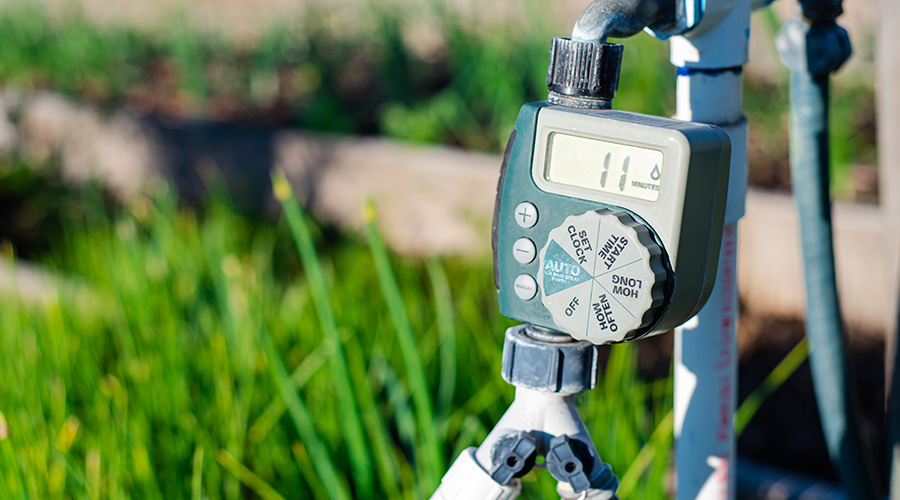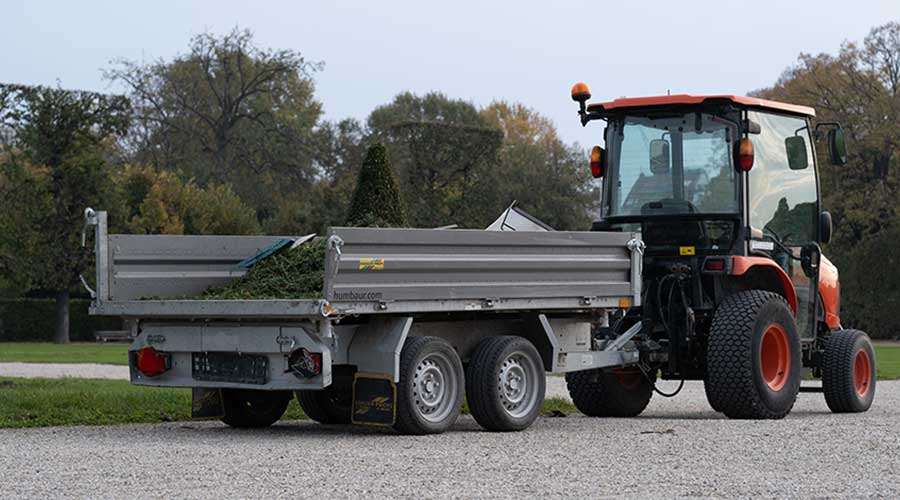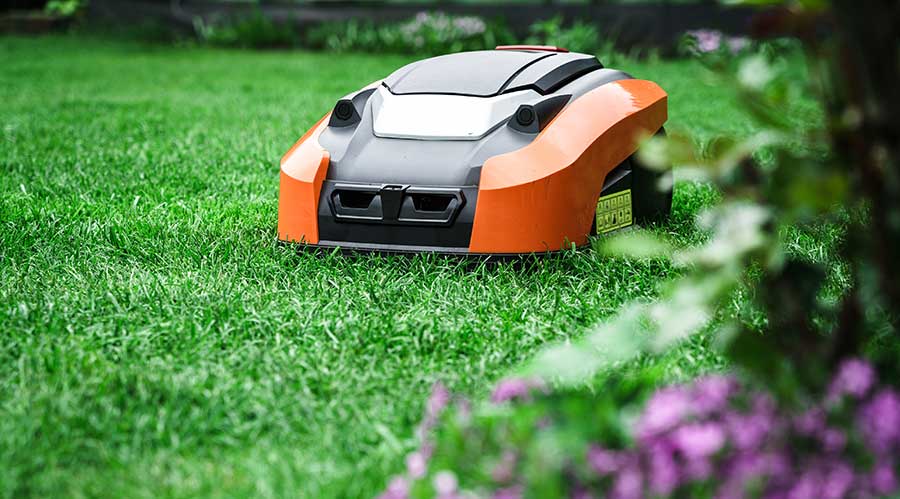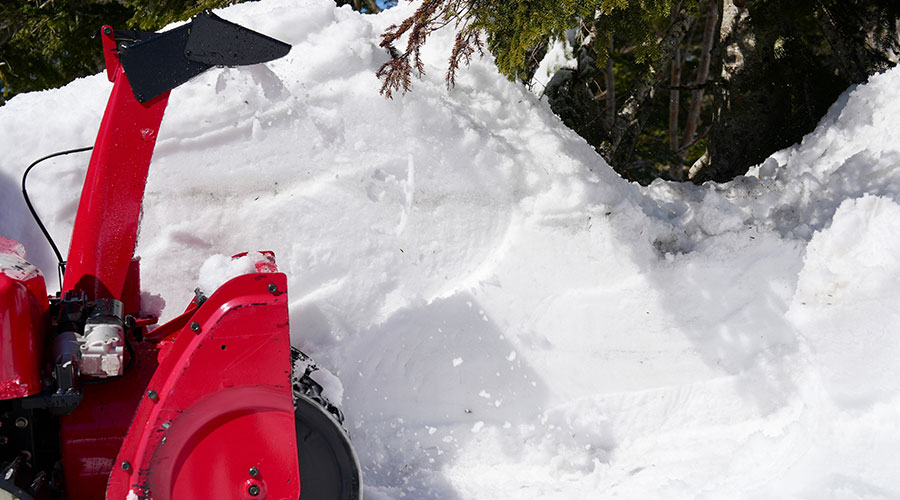Product Focus: Matching Aerator Attachments to Turf Areas
Depending on the location of turf areas — whether highly visible decorative lawns or seldom-seen utility areas — managers need to consider features of aerator attachments that can provide the required results.
Core collectors can prevent unsightly cores from remaining on turf areas. Plug transplanters can enable operators to move sod from one bare spot to another. Tire core deflectors help operators avoid running over cores that were pulled on previous passes. Flexible link mounts help operators avoid elongation of the holes created by the aerator; the aerator's tines stay vertical while in the ground.
Verticutter attachments can provide separate or simultaneous verticutter and aerator passes. A verticutter promotes healthy grass by cutting through thatch that builds up and prevents fertilizer and water from getting to turf roots. Crews can use verticutters in the fall in cold climates, and operators should set them according to directions and operated in cross patterns.
To specify the most appropriate attachment in this case, managers should consider a demonstration. Operators can inspect the turf after the demonstration is finished. If it is working properly, it should not be pulling up tufts of grass.
Snow Plows And Brooms
Attachments for handling snow can turn seasonal mowers and utility vehicles into year-round workhorses.
Among the specifications managers should consider for snow plow and broom attachments include: plow-angle adjustments; clamp-on or bolt-on attachment systems; an adjustable mounting frame height and length; ease of operation for blade lifting and lowering systems; a replaceable blade; fork-truck-mounted attachments; utility-vehicle-mounted attachments; snow deflector at the top of the blade to prevent spraying the windshield; spring mounting to enable operators to lift the plow over snow-covered obstacles; and a battery-connected electric winch to lift and lower the blade.
Snow-thrower attachments are an alternative or adjunct to plows. These units offer an advantage in heavy snowfalls because they can throw the snow over drifts that accumulate along walks and driveways and prevent a plow from clearing effectively. Heavy-duty snow throwers clear a 50-inch swath and throw snow 40 feet to clear hedges or windrows.
Important attachment specifications to consider include: 180-degree chute rotation; electric winch to enable operators to raise and lower attachments without tools; and pitch control to adjust deflector distance and direction without stopping.
Managers also can consider rotary-broom attachments for snow removal. A utility tractor can accommodate a 47-59-inch-wide snow blower on either the front or rear, as well as a 60-inch rotary broom.
When considering a broom attachment, managers also need to consider two options — a collector and a water-spray feature. When using a rotary broom to remove dirt, cinders, ash, or gravel, the collector attachment removes debris from the broom, and the spray attachment helps control dust the attachment generates.
Related Topics:














